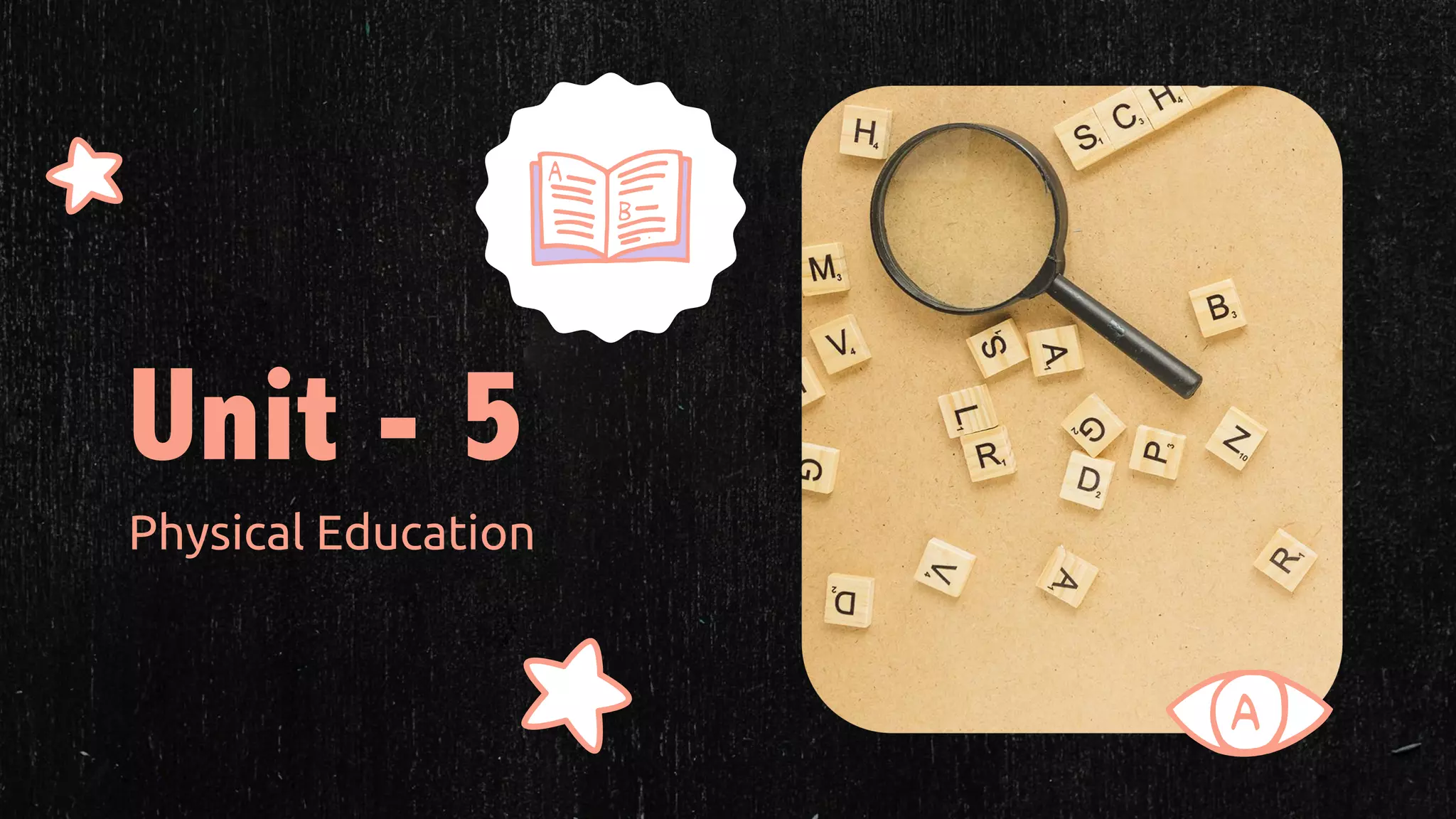This document discusses nutrition and sports nutrition. It covers the following key points in 3 sentences:
The document defines macro and micronutrients, with macronutrients including carbohydrates, proteins, fats, and water which are needed in large amounts, and micronutrients including vitamins and minerals needed in small amounts. It also discusses the importance of a balanced diet containing the proper amounts of nutrients and explains concepts like nutritive components, non-nutritive components, and the goals of nutrition as they relate to sports performance and recovery. The document provides information on developing a healthy weight and discusses pitfalls of dieting like extreme calorie reduction or nutrient restriction.














































































![1. Food component present in sugar is? [2020]
A. Fats
B. Protein
C. Vitamin
D. Carbohydrate.](https://image.slidesharecdn.com/ch-5finalnotes-221230032449-147b5d24/75/CH-5-FINAL-Notes-pdf-79-2048.jpg)
![2. Main source on vitamin C is? [2020]
A. Guava.
B. Egg
C. Milk
D. Banana](https://image.slidesharecdn.com/ch-5finalnotes-221230032449-147b5d24/75/CH-5-FINAL-Notes-pdf-80-2048.jpg)